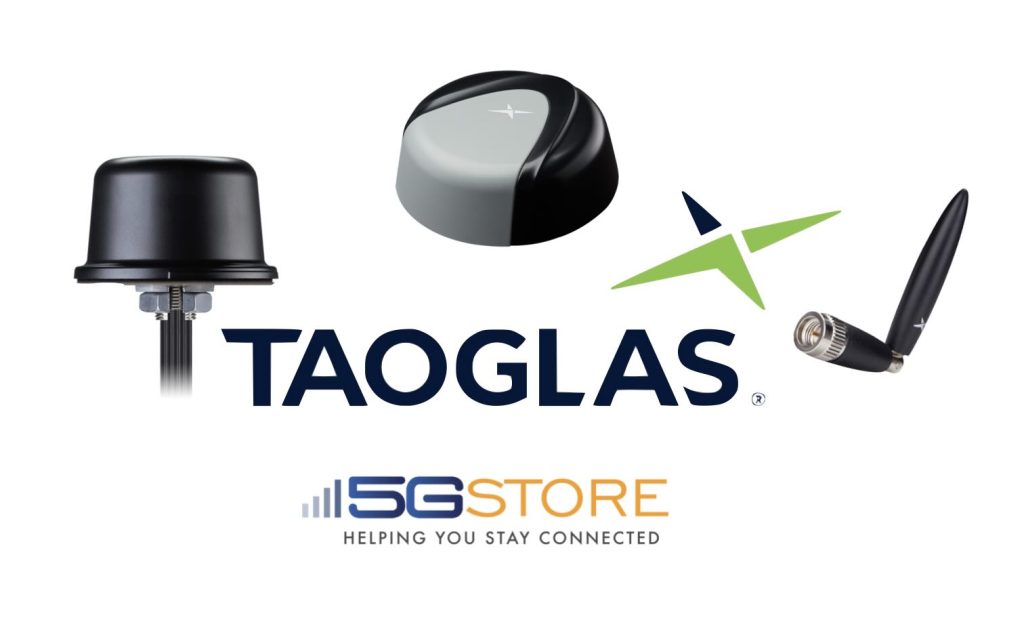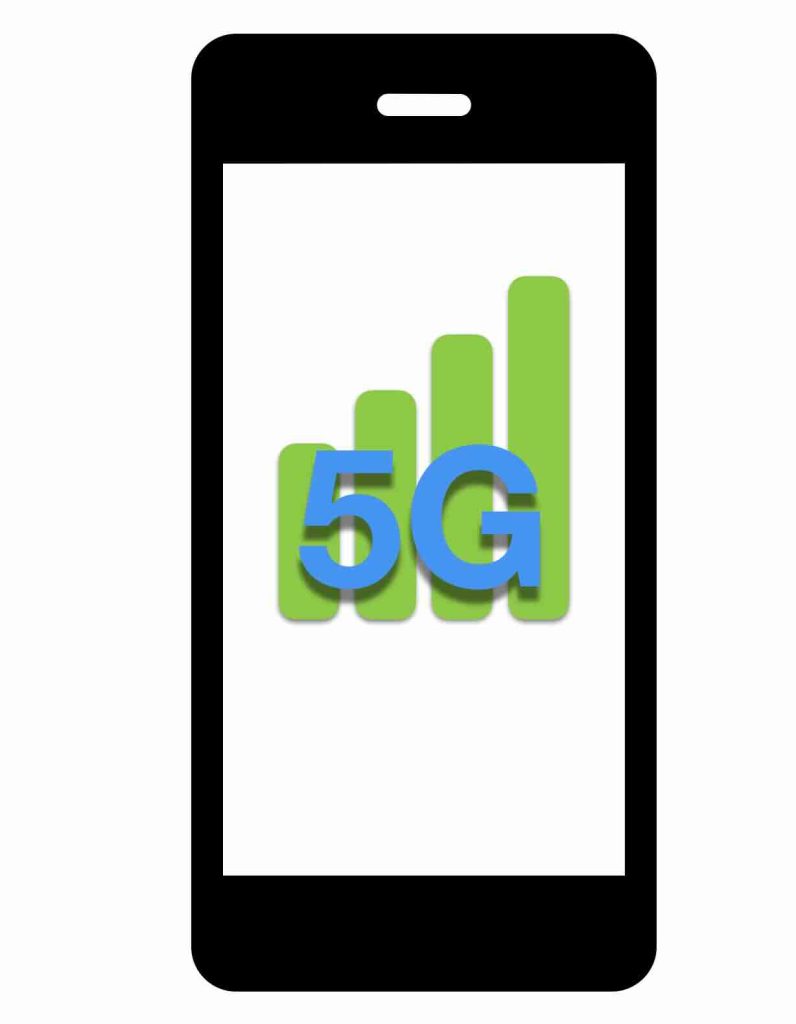At 5Gstore, we team up with the best in the biz to bring you top-notch connectivity solutions that you can count on. One of our standout partners is Taoglas, a powerhouse in RF components and antenna design. As their exclusive e-commerce partner, we’re thrilled to offer their state-of-the-art antennas directly to you, and guess what? […]
Tag: Cellular
5G Signal Strength: What Do Signal Bars Really Mean?
5G has proven to be a reliable Internet service, offering faster internet speeds, lower latency, and a more reliable connection. However, as many users experience, 5G signal strength can vary greatly depending on the location, network conditions, and the device being used. If you’ve ever wondered what those signal bars on your phone really mean […]
Ookla’s Speedtest Report: Outstanding Mobile Connectivity Performance in the U.S. (2H 2024)
It’s finally here. The latest Speedtest Connectivity Report from Ookla. Once again, we get to see how our major cellular carriers stack up against each other. This particular mobile connectivity report provides an in-depth analysis of network performance across the United States for the second half of 2024. Based on millions of consumer-initiated tests, the […]
Master Off-Road Connectivity: How to Stay Connected
Off-road adventures are thrilling, whether for personal enjoyment or professional racing. Yet, staying connected while traversing rugged terrain can be a challenge. Cellular coverage often fades in remote locations, making it difficult to rely solely on traditional networks. Fortunately, a combination of cellular and satellite connectivity solutions can ensure you remain connected, even in the […]
Master SIM Card Compatibility: What to Check When You Upgrade Your Cellular Modem/Router
When upgrading your cellular modem or router, ensuring SIM card compatibility is a critical step. Neglecting this can lead to unnecessary frustrations, including non-functioning devices or limited connectivity. Your SIM card is the key to unlocking your device’s potential, as it bridges the connection between your hardware and the cellular network. However, compatibility involves more […]
Remote Internet Access: Powerful Solutions for Staying Connected Anywhere
Finding remote Internet access can be challenging, but modern technology has made it easier than ever to access the Internet in the middle of nowhere. Whether you’re managing operations in a rural location, setting up a campground with Wi-Fi, or ensuring reliable connectivity for outdoor events, rugged and outdoor-rated routers combined with proper antennas and […]
The Evolution and Impact of 5G Standalone Networks: A U.S. Perspective
The deployment of 5G networks is progressing rapidly as the demand for faster and more reliable connectivity continues to grow. The standalone (SA) deployment model marks a significant milestone in the evolution of 5G, offering lower latency, increased bandwidth, and improved reliability compared to earlier network configurations. Using Ookla Speedtest Intelligence® data, this article tracks […]
Prevent Data Usage Overage Charges with a Secondary Internet Service
Did you know that cable Internet service providers can limit your data usage or charge you for overages, similar to cellular providers? It’s true! Providers like Xfinity, for example, have plans that allow for up to 1.2 TB of data. When you get close to this limit, they will notify you with an email. This […]
What Type of SIM Card Should You Use with Your 4G or 5G Router?
When setting up a 4G or 5G router, one key component to consider is the type of SIM card you’ll need. You might be able to utilize an eSIM with some devices, but most will require a physical SIM card. These cards come in various sizes and types, and selecting the right one is the […]
New Updates for Digi International Products
Digi International has released a new stable firmware version, 24.6.17.54, for their TX, IX, and EX cellular products. This update brings new features, enhancements, bug fixes, and security improvements. Additionally, significant updates have been made to Digi Remote Manager, their cloud management service, to enhance usability and insights. Affected Models The following models are affected […]







